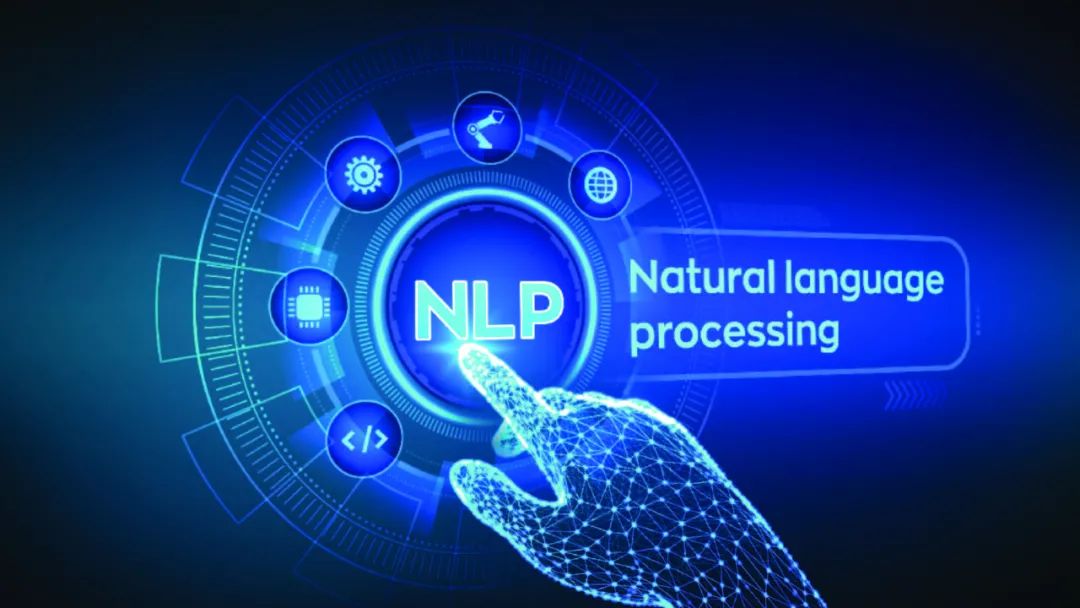PAPERS
ZHANG Yu, LIU Kai-feng, ZHANG Quan-xin, WANG Yan-ge, GAO Kai-long
At present, most of the researches on news classification are in English, and the traditional machine learning methods have a problem of incomplete extraction of local text block features in long text processing. In order to solve the problem of lack of special term set for Chinese news classification, a vocabulary suitable for Chinese text classification is made by constructing a data index method, and the text feature construction is combined with word2vec pre-trained word vector. In order to solve the problem of incomplete feature extraction, the effects of different convolution and pooling operations on the classification results are studied by improving the structure of classical convolution neural network model. In order to improve the precision of Chinese news text classification, this paper proposes and implements a combined-convolution neural network model, and designs an effective method of model regularization and optimization. The experimental results show that the precision of the combined-convolutional neural network model for Chinese news text classification reaches 93.69%, which is 6.34% and 1.19% higher than the best traditional machine learning method and classic convolutional neural network model, and it is better than the comparison model in recall and F-measure.
